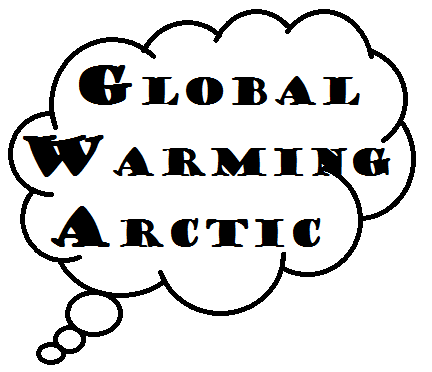
The Effects on Sea Ice
Loss of sea ice accelerates warming, threatens animals and peoples living in the Arctic and raises global security concerns. Polar sea ice melts each summer and reforms each winter-a freeze-thaw cycle that in the Arctic has been dramatically altered by global warming. Not only is summer sea ice shrinking rapidly in the Arctic, but so is the average thickness of sea ice. Where in the past, some Arctic sea ice grew to 10 feet (3 meters) thick over multiple years, now much of the ice has only one year of growth, making it much more susceptible to melting in the summer. Scientists project that the Arctic Ocean may be ice-free in summer in just a few decades.- Accelerated warming from albedo : Lost sea ice exposes dark, open waters, dramatically shifting the ocean surface from highly reflective to one that absorbs most of the sun's energy. This can set off a vicious cycle: ice loss leads to further warming of the ocean surface, which can lead to more ice loss. The loss of polar reflectivity (albedo) is one climate-related amplification that has scientists losing sleep at night.
- Accelerated warming due to higher Arctic temperatures : Arctic sea ice raises regional temperatures, delaying the formation of sea ice in the fall, and transferring more heat from the ocean to the air. If higher air temperatures speed the degradation of frozen ground (permafrost) on adjacent lands, they could release vast stores of carbon often trapped in the permafrost for thousands of years—further amplifying climate change.
- Severe threats to polar creatures : Polar creatures that depend on ice for all or parts of their life cycle are highly threatened by a warming world. In the south polar region, some penguin colonies are moving to new locations because their main food source-krill, small creatures near the bottom of the marine food web-is changing in response to shifting ocean temperatures. In the Arctic, polar bears must swim greater distances in open water to find the sea-ice habitat that is home to their prey: seals, which use breathing holes through the ice.
- Threats to indigenous ways of life : These changes in animal habitat and abundance threaten indigenous ways of life, some of which have flourished in the Arctic for thousands of years. Traditional hunting methods, for example, are becoming more risky because of thin ice, and because the dates when ice forms and thaws are less predictable.
- Shoreline erosion in Arctic : The loss of sea ice also exposes Arctic coastal areas to severe erosion from wind and waves—sometimes forcing entire communities to move further inland to avoid collapsing shorelines.
- Security concerns from new shipping routes : An ice-free Arctic Ocean might open up more efficient global shipping routes, and provide easier access to oil and gas deposits. However, both developments could bring security concerns, as Arctic countries vie for access to valuable resources or feel compelled to protect these natural and commercial resources.

